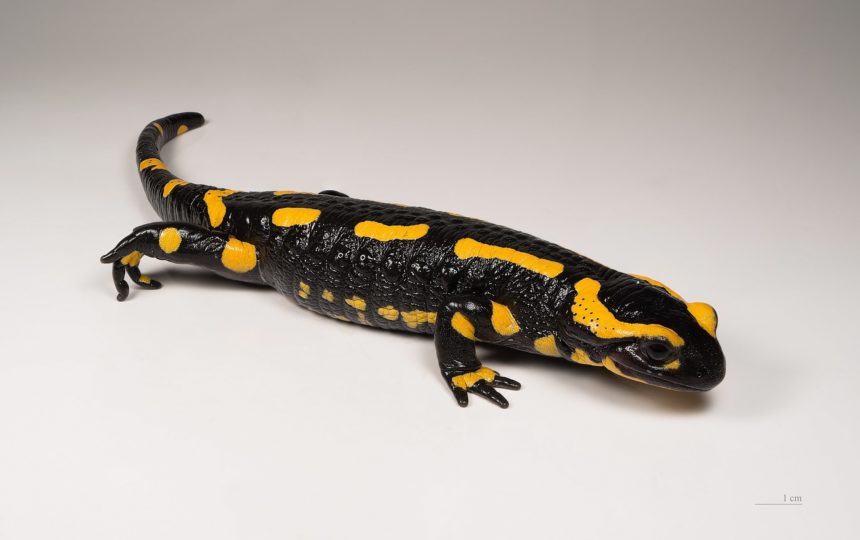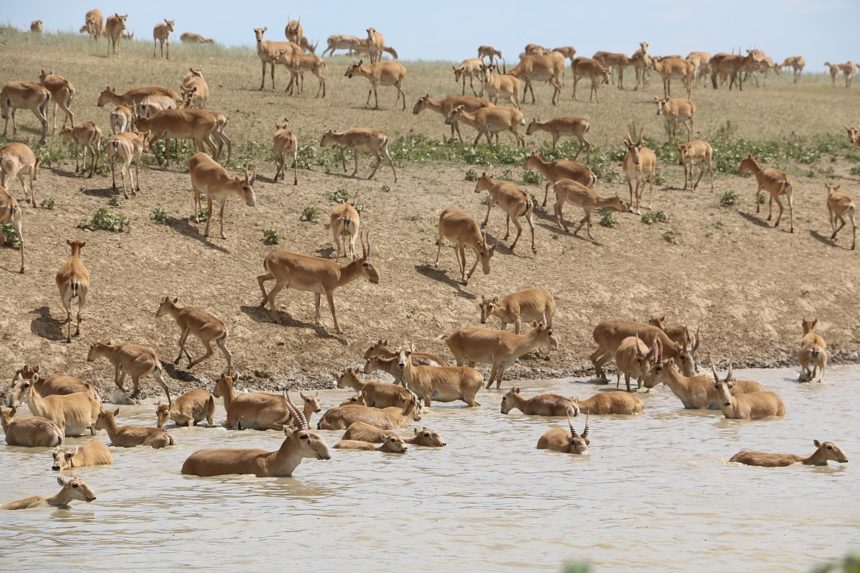Habitat loss, climate change, pollution, and invasive species – these are some of the reasons why the population of a certain species declines or goes closer to extinction.
There’s one virus that has been turning deers into zombies, while some fungus kills of amphibians in millions. But, there are so much more diseases that most of us did not know anything about.
Here are some of those:
Cancer in Tasmanian Devils
Also known as devil facial tumor disease virus (DTFD), this sickness had almost driven the Tasmanian devils into extinction.

DTFD is a contagious cancer that could kill Tasmanians in just two months. An 80 percent decline in their population occurred after thousands of them developed ulcers, and massive tumors on their mouth, jaws and face.
As highly territorial beings, the devils tend to engage in vicious fights with others, where they would scratch and bite each other, which is the sole reason why others get infected easily.
Anthrax against African wildlife
Anthrax is a naturally occurring bacteria that can infect people and humans. But, in Africa, Bacilus anthracis most frequently kills zebras.

Scientists have discovered that zebras fertilize the soils around them, but the animals inhales the bacterium’s spores while they are grazing.
If a zebra died of anthrax, the spores will likely continue growing in two years, which could led them to infect other herbivores that grazes there.
Beak and Feather Disease Virus among birds
Psittacine cirvovirus, also known as the Beak and Feather Disease Virus (BFDV), is an illness common among parrots and cockatoo species. BFDV is basically a type of bird mange.
This virus causes feather loss and malformations. The tissues that form the bird’s beak and clause will become dry and brittle, making it crack. BFDV also weakens the bird’s immune system.
Scientists said the virus is often transmitted from adult birds to their offspring in the nest, and currently, there is no cure for the virus.
STD in Koalas
The cute and cuddly koalas are most commonly infected with chlamydia. The truth is, STD or the Chlamydia trachomatis bacteria is so common among koalas that it continues to threaten the whole koala population.

Koalas can transmit the disease during mating, while young koalas can become infected by eating “pap,” which is a nutrient-filled fecal matter that the young eat while transitioning from nursing milk to eating eucalyptus leaves, from their mothers.
Deadly fungus killing salamanders
Scientists and researchers first discovered Batrachochytrium salamandrivorans in Europe back in 2008, when fire salamanders in Netherlands suddenly die. This fungus also attacks frogs, which eats away their skin and causes a massive ulcer.

The US government tried to stop the spread by issuing an import ban on all salamander species in 2016, but scientists said it was still possible for the fungus to spread through imports to the countries or via illegal wildlife trade.
Bacteria that kills antelopes in just hours
In 2015, about 211,000 saiga antelope died in Kazakhstan, which served as a “catastrophic toll” for the critically endangered species.

Pasteurella multocida was the bacteria to blame. It is a normal part of an antelope’s microbiome, which inhabits tonsils. However, it comes quickly spreads to the antelope’s guts, poisoning the animal’s bloodstream and destroying its internal organs that will kill them in just a few hours.
Related stories:
– A biting issue: Tetanus, pets, and avoidance
– How often should your pet visit the vet?
– How to prep your pet for a road trip





